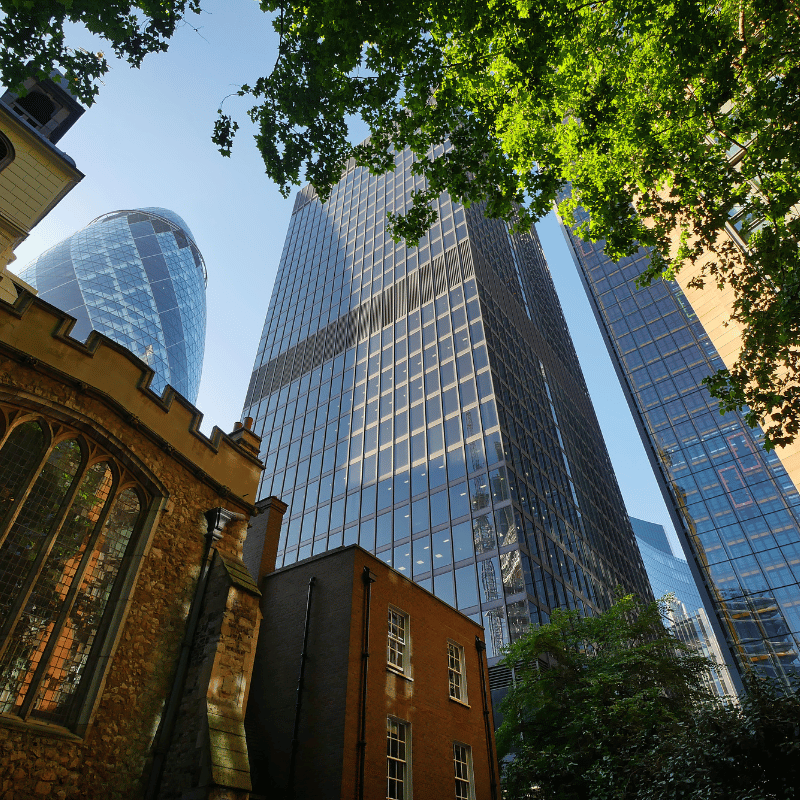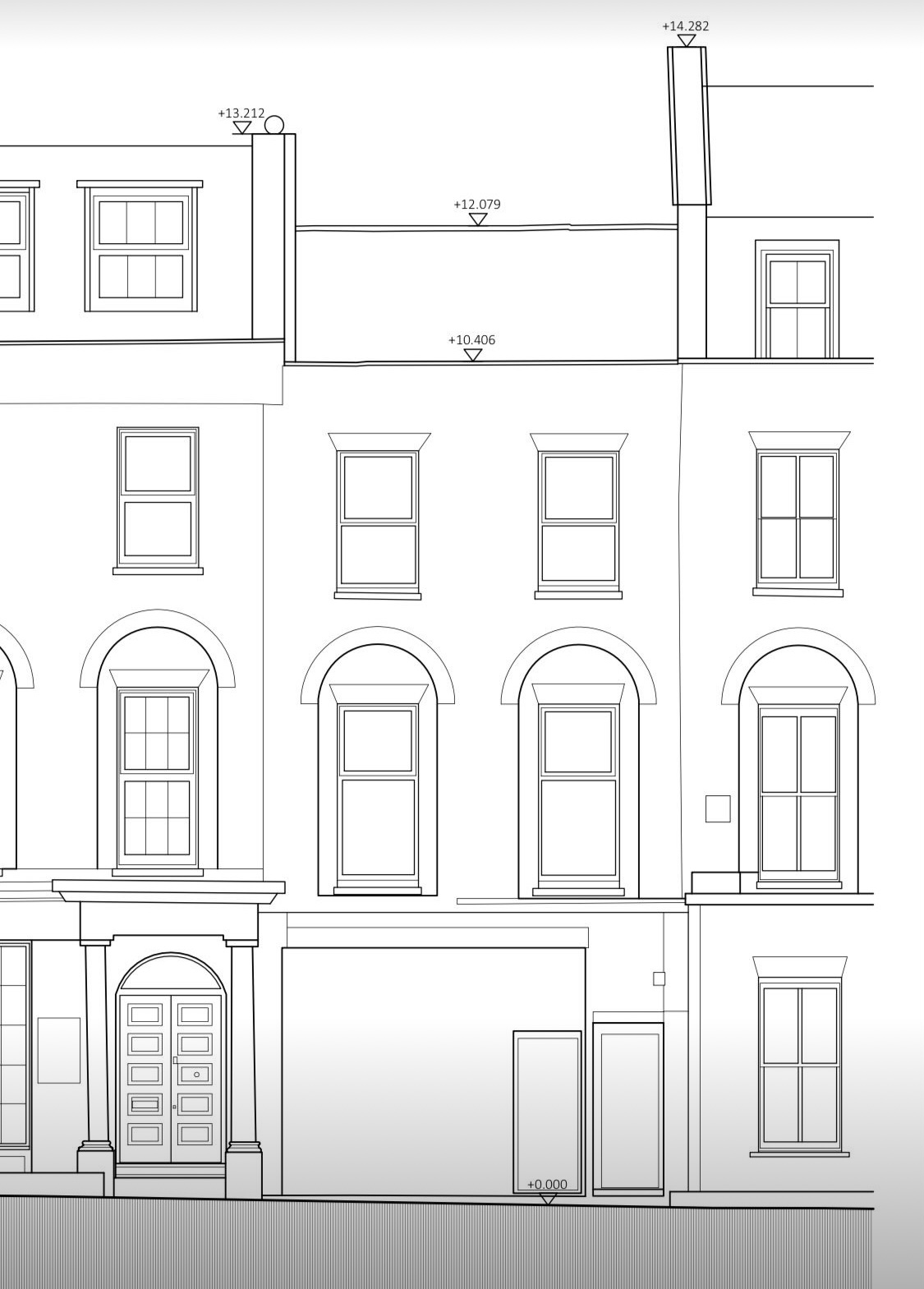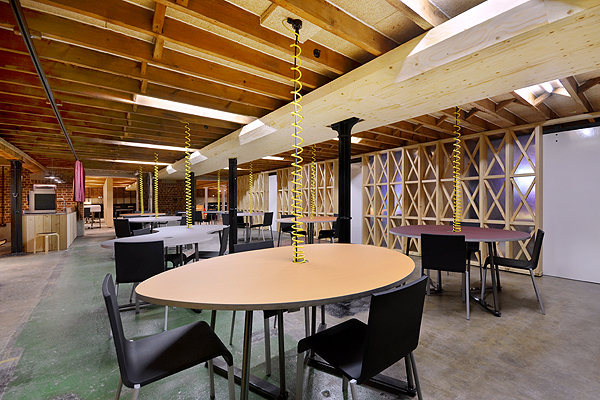How to Choose the Right Architect for a Commercial Project in London
Hiring an architect is one of the biggest decisions you’ll make on a commercial project. It’s not just about how the building looks, it’s about getting the layout right, keeping costs under control, and navigating planning without delays.
In a city like London, where every site comes with its own quirks and challenges, choosing the right architect makes all the difference. Here’s what to think about before you sign a contract.
Look at Their Real Experience
Not every architect will be the right fit. Some firms specialise in residential extensions. Others focus on big commercial builds. What you want is someone who’s handled projects like yours, ideally in London.
Ask about their experience with office refurbishments, retail fit-outs, or whatever your project involves. Don’t just look at glossy images. Ask what went wrong, how they fixed it, and what lessons they bring to the table.

Do They Really Understand What You Need?
A good architect listens more than they talk in the early stages. They should ask about your goals, your team, your deadlines, and your budget. If they rush into sketches without understanding how your business works, that’s a red flag.
The right architect will think beyond square footage. They’ll ask how people will move through the space, how light and noise affect your work, and how the design can support your business long-term.
Can They Navigate Planning in London?
London has some of the toughest planning regulations in the UK. Conservation areas, listed buildings, access restrictions, the list goes on.
You’ll want someone who knows the borough your site is in. Better still, someone who’s already worked with that local planning authority and understands what they like (and what they don’t). Ask about previous planning applications, especially if your site is complicated.
Who’s Actually Doing the Work?
It’s easy to be impressed in the pitch meeting. But who will you be dealing with day to day? Some firms pass your project down the chain once you’re signed up.
Make sure you know who’s running the job, who’s drawing the plans, and how they’ll keep you in the loop. Will they send weekly updates? Are they available for quick calls? What happens when changes come up? Clarity here avoids headaches later.
Be Clear on Costs, and What’s Included
Architects charge in different ways: some by the hour, some by project stage, and others as a percentage of the build cost. There’s no right or wrong, but you need to know what’s covered.
Ask what’s included in their fee. Will they help with planning applications? Will they manage consultants? Do they produce tender packs for contractors? Some offer extra services like project management or sustainability advice. These can save you money else where, if they’re handled well.

Make Sure the Relationship Works
This is someone you’ll be working with for months, maybe even years. You need to feel comfortable raising concerns, asking questions, and pushing back when needed.
There’s no science to this, it’s about gut feel. If you leave a meeting feeling unclear or unheard, that’s not going to improve. Look for someone who’s confident but open, honest about challenges, and focused on solving problems, not just selling a vision.
Do the Basic Checks
Lastly, make sure the architect is properly registered. They should be listed on the Architects Registration Board (ARB), and ideally be RIBA Chartered.
Ask for references. Not just glowing quotes, actual phone numbers. Talk to past clients. Ask what it was like to work with them, whether they delivered on time, and what they’d do differently next time.

Why Clients Choose Fresson and Tee
At Fresson and Tee, we’ve helped businesses across London shape commercial spaces that work, whether it’s an office fit-out, a mixed-use development, or a complex listed building.
We combine architectural design, surveying, and project management in one team. That means better communication, less risk, and a smoother build. If you’re still at the stage of finding the right architect, we’re happy to sit down, talk through your goals, and help you figure out the next steps.
If you would like to discuss more about construction consultants and contractors in London, please call our office on 020 7391 7100 or email us at surveyor@fandt.com.
























